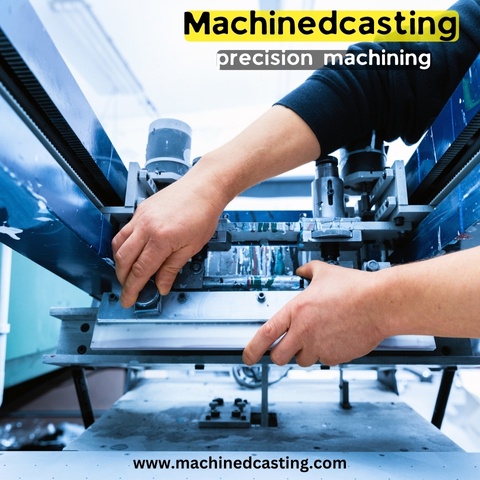Precision machining is a critical process in manufacturing, engineering, and various industries where accuracy and quality are paramount. From aerospace components to medical devices, precision machining ensures that intricate parts meet exact specifications. Mastering precision machining requires a blend of technical expertise, attention to detail, and the use of advanced machinery and techniques. In this guide, we'll delve into the fundamentals of precision machining, explore key techniques, and provide insights to help you achieve precision and excellence in your machining projects.
Understanding Precision Machining: Precision machining involves the fabrication of intricate parts with tight tolerances and high accuracy. It encompasses various machining processes such as turning, milling, drilling, grinding, and electrical discharge machining (EDM). Each process requires specialized tools, machinery, and expertise to achieve precise results. Additionally, precision machining often involves working with a wide range of materials, including metals, plastics, and composites.
Key Techniques for Precision Machining:
-
Tool Selection: Choosing the right cutting tools is crucial for precision machining. Carbide inserts, high-speed steel (HSS) tools, and diamond-coated tools are commonly used for different materials and applications. Understanding the properties of each tool and selecting the appropriate one ensures optimal performance and accuracy.
-
Machining Parameters: Fine-tuning machining parameters such as cutting speed, feed rate, and depth of cut is essential for achieving precision. Experimentation and testing may be necessary to determine the ideal parameters for specific materials and geometries.
-
Fixture Design: Proper workholding is essential to prevent part movement and maintain accuracy during machining. Custom fixtures and jigs are often designed to securely hold workpieces in place, minimizing vibration and distortion.
-
Metrology and Measurement: Precision machining requires precise measurement tools such as micrometers, calipers, and coordinate measuring machines (CMMs). Regular calibration and meticulous measurement ensure that machined parts meet the required tolerances.
-
CAD/CAM Integration: Computer-aided design (CAD) and computer-aided manufacturing (CAM) software play a vital role in precision machining. CAD/CAM integration allows for the creation of complex part geometries and generates toolpaths for CNC machining, optimizing efficiency and accuracy.
Best Practices for Precision Machining:
- Maintain Cleanliness: Clean machines, tools, and workspaces are essential for precision machining to prevent contamination and ensure consistent results.
- Monitor Tool Wear: Regularly inspecting cutting tools for wear and damage helps maintain machining accuracy and prolong tool life.
- Continuous Improvement: Embrace a culture of continuous improvement by analyzing machining processes, identifying opportunities for optimization, and implementing enhancements to achieve higher levels of precision and efficiency.
Conclusion: Precision machining is a cornerstone of modern manufacturing, enabling the production of high-quality components with exceptional accuracy. By mastering key techniques, adhering to best practices, and leveraging advanced technologies, you can achieve excellence in precision machining and meet the demands of today's increasingly intricate and exacting applications.


No comments yet